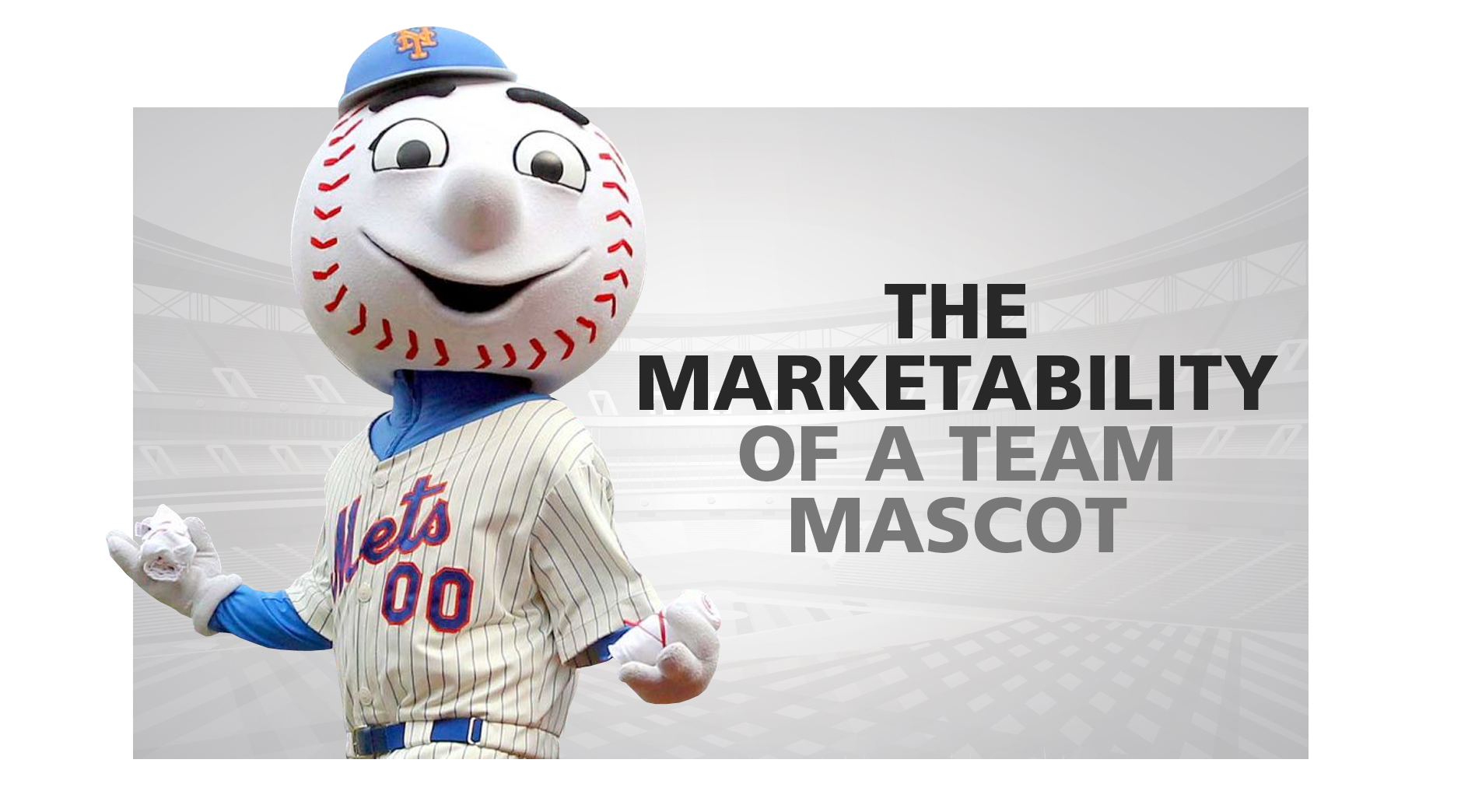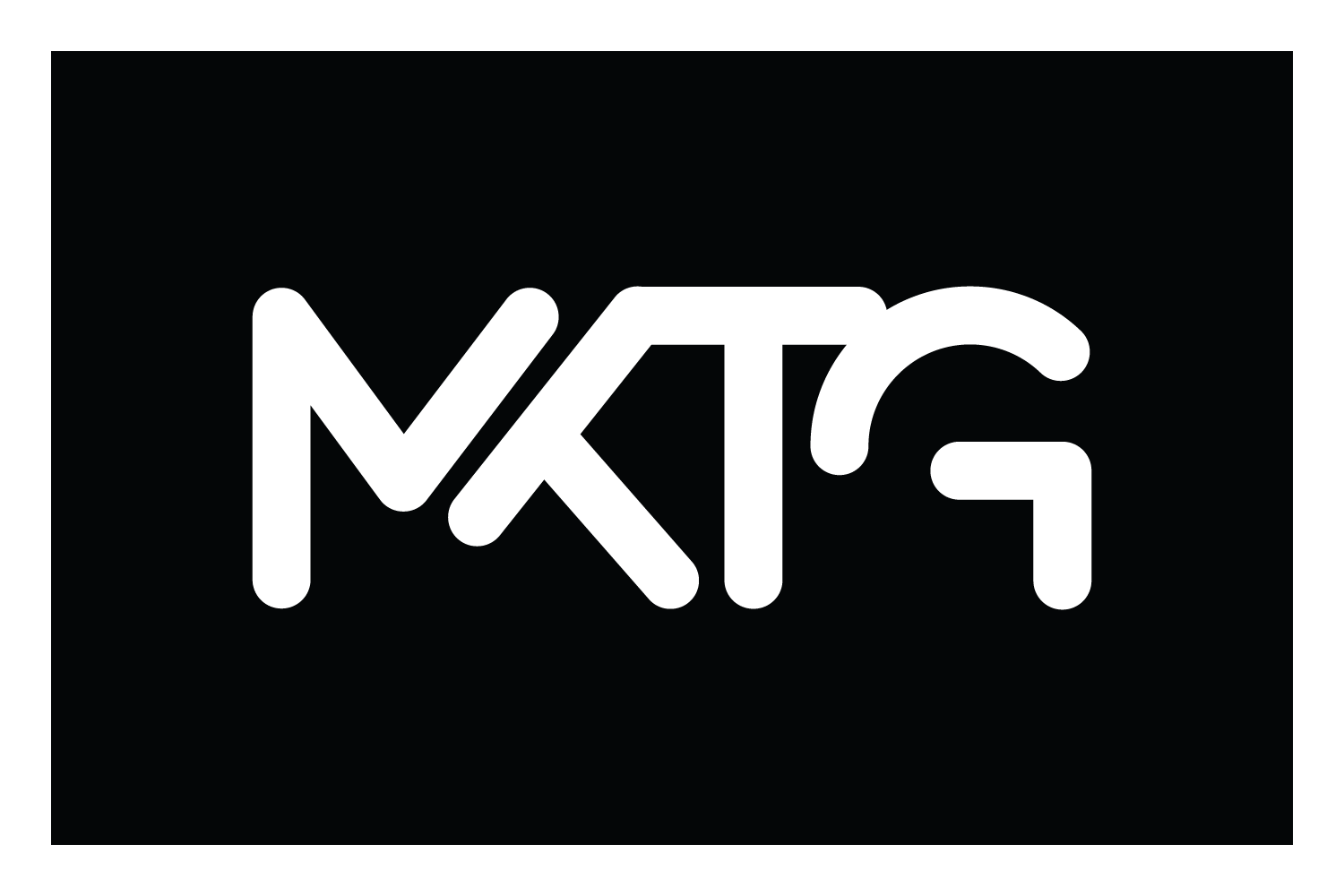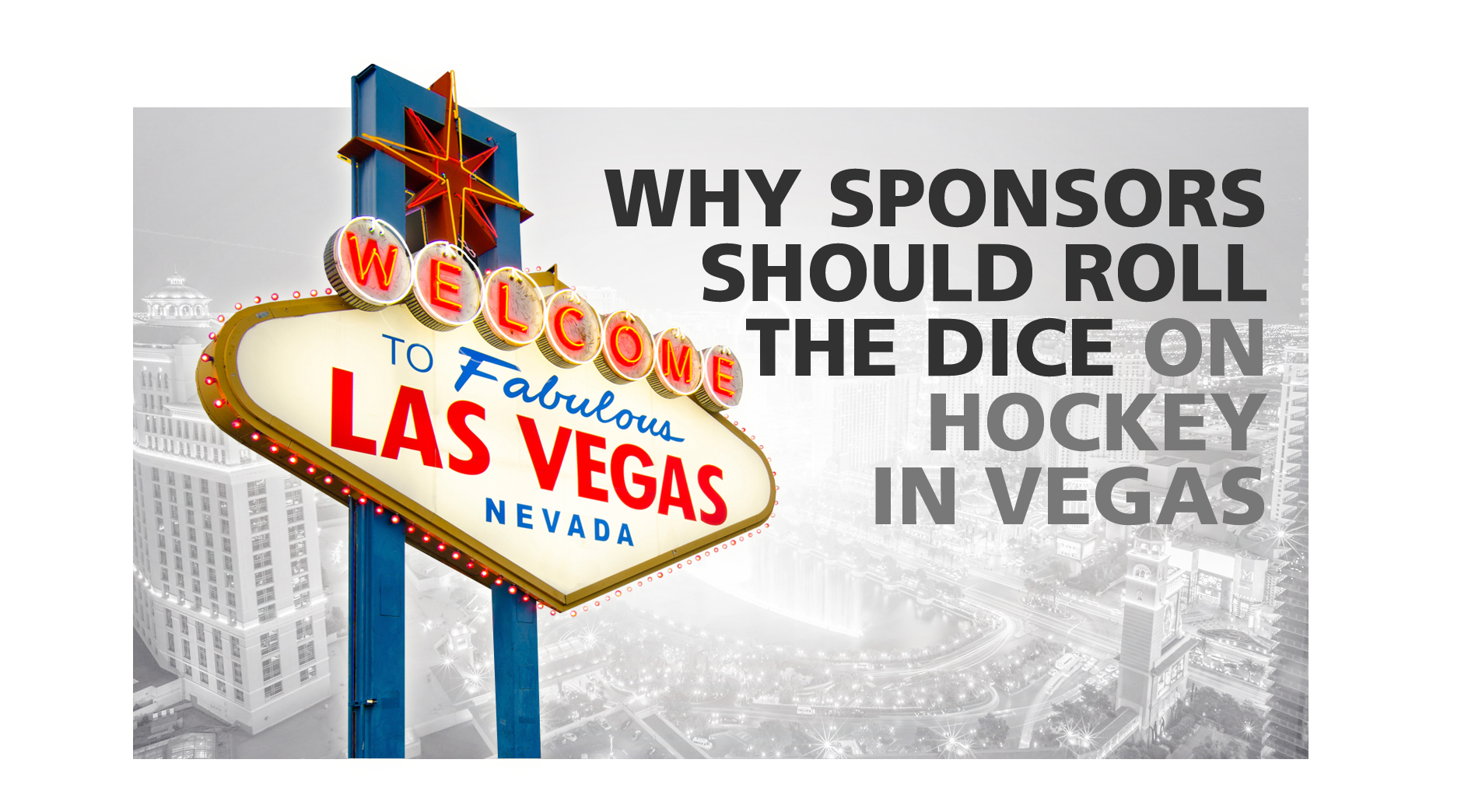The Marketability of a Team Mascot
5 minute read
- Team mascots are a unique asset that can be leveraged by sponsors to amplify and differentiate their activations
- The long tradition of notable mascots can provide an opportunity for sponsors to appeal to both older and younger fans
- While mascots can benefit sponsors, too much sponsor integration, for example influence over mascot design, can hurt the mascot and result in pushback from fans and consumers
The team mascot is a large part of the in-game experience for fans. Mascots lead cheers, take photos with fans, play with kids, and generally entertain audiences with acrobatic or comedic performances. Over time, some mascots have become so tied to their team’s identity that they are just as recognizable and adored by fans as some of the players. The positive fan interaction, high recognizability, and consistent presence of mascots, have led some brands to leverage mascots in their activations.
Benefits of Leveraging a Mascot
The main attraction at sporting events are the athletes themselves. For team sponsors seeking a property-affiliated brand ambassador to leverage at events or in commercials, athletes provide the greatest platform for reach and relevance. Additionally, mascots can provide sponsors with a fun and differentiated storytelling opportunity.
Accessibility - The constant training and travelling of an athlete can make it difficult to schedule the player. Alternatively, a mascot does not travel with the team and their schedule will be more available for appearances and sponsored activations.
Affordability – A mascot can be secured at a reduced financial investment versus a current athlete, which may be more in line with certain sponsors.
Predictability - Mascots can offer a more predictable asset for sponsors. Through being a natural entertainer, a mascot can offer a sponsor consistency during in-person appearances, something that cannot be guaranteed with an athlete. Additionally, the need to stay in character ensures that a sponsor knows what to expect at each engagement.
Tradition - Some older mascots such as Mr. Met (New York Mets), the Philly Phanatic (Philadelphia Phillies), and Benny the Bull (Chicago Bulls) have been around for over 40 years and can benefit from the nostalgia that surrounds the character. While players can be traded or retire, a mascot is a character that will remain with the team. The mascot can benefit from cross generational appeal, as both older fans who have grown up with the mascot and their children will have positive feelings toward the character.
Several major brands have utilized mascots in marketing initiatives. For the past two years at the NHL All-Star game, the league has hosted the Mascot Showdown presented by EA Sports. The event has mascots compete in various competitions and will determine the winning mascot by crowd support. Scotiabank also created multiple spots featuring mascots from across the NHL promoting the bank's ScotiaHockey NHL Debit Card. To highlight the marketability of mascots, MKTG examines the sponsorship activity of a few notable mascots from across sports.
Mr. Met
(New York Mets)
Mr. Met was first mascot in the Major Leagues and was introduced to New York Mets fans in 1964. With the New York Yankees being the prominent team in New York, Mr. Met help give the Mets their own identity. In the mid 1970’s the Mets began to utilize Mr. Met less in game day activities and marketing until he was completely phased out. It wasn’t until 1994 when Mr. Met returned and has since been a fixture around Mets games. Mr. Met has appeared in multiple commercials including spots for ESPN, the New York Transit Authority, and Sony Playstation. With his history and longevity as a mascot, Mr. Met appeals to a large cross section of fans that are both young and old.
Ace
(Toronto Blue Jays)
The Toronto Blue Jays' mascot Ace was unveiled in 2000 as part of a mascot naming contest. Ace took over for longtime Blue Jay mascot BJ Birdy and has quickly become one of the league's most entertaining mascots. Ace maintains his own Twitter account with over 10,000 followers and will engage with fans who share pictures with him. As the mascot of the sole Canadian MLB team, Ace enjoys high recognizability with Blue Jays fans from across the country. Ace has been featured in marketing initiatives for Expedia, Home Hardware, and Schneider’s.
The Raptor
(Toronto Raptors)
Through his acrobatic stunts, comedic game day skits, and ability to energize the crowd, The Raptor has become one of the most prominent mascots in the NBA. When introduced during the Raptors 1996 season, the Raptor won the mascot rookie of the year award. The Raptor is not only active during Raptors events, but he keeps a busy schedule outside of game day with a number of public appearances. During the Raptors recent playoff run, The Raptor made an appearance at Toronto City Hall to accept a congratulations on behalf of the city. The Raptor has been used in activations by team sponsor Klipsh audio and has appeared at local Tim Horton's to support Camp Day.
Risks and Considerations when Leveraging a Mascot
Be Aware of Excessive Sponsor Influence on Mascot Design - Investment Firm Kingsford Capital became the main sponsor of the Scottish soccer team Partick Thistle and as part of the sponsorship, Kingsford Capital was granted creative control of the mascot. The mascot was modeled after the company’s logo which did not translate well into a costume. The result was a mascot that many people called “strange” and “not child friendly”.
Mascots Appearances are a Tactic, not a Strategy - Mascots do offer brands a differentiated personality that can appear in sponsored activations, however they do not have the same range as an athlete. A mascot may not be best to communicate brand messaging, engage with key clients, or to humanize a brand. Mascots are one tactical element of an overall experience. Brands must use them judiciously and complement them other programing to protect against consumer fatigue towards the mascot character.
Understand Fan Sentiment Prior to Leveraging a Mascot - Outside of mascots with a rich history, a newly introduced mascots can have a hard time appealing to traditional fans. The Boston Red Sox introduced Wally the Green Monster in 1997 and while it was a hit with younger fans, the older fans did not take to the new mascot. Many thought that a heritage property such as the Red Sox did not need a mascot. Sponsors should be aware of the appeal of the mascot when leveraging them in activations. If a sponsor were to leverage Wally the Green Monster, they would have to ensure that the messaging was directed at kids as it may not be well received by older fans.
Through fan interaction and game time entertainment, mascots can generate excitement for the home team fans. While mascots do have their limitations, sponsors can look to tap into this interaction as a way to activate a team sponsorship and provide an alternative to athlete appearances.







